News
We'd love to hear your news and ideas and to help share your accomplishments!
Submit news, updates, story ideas to cegenews@umn.edu.
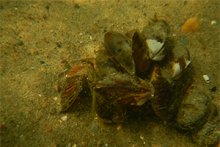
Moving with the Flow: Nature-driven approach to control the spread of zebra mussels
Posted
Minnesotans who love to go fishing or boating and those who follow the news have likely heard a lot about invasive zebra mussels. Zebra mussels are infesting Minnesota’s beloved lakes. Miki Hondzo, Jessica Kozarek, and William Herb are researching a new old tool to protect our beloved lakes and streams from the spread of zebra mussels.
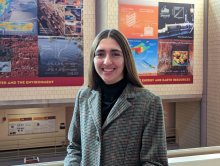
A Call for Collaboration
Posted
Sandra Larson, BEnvE 2023, addressed her fellow graduates on graduation day. Her message highlighted some of the big challenges they will face and the need for collaboration in addressing these challenging issues. CEGE magazine caught up with her before she left campus to begin her new life as a civil/environmental engineer with Carlson McCain. We were able to learn more about her convictions regarding challenging engineering problems and the role of collaboration.
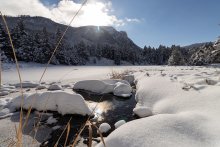
Study explores impacts of a warming climate on global snowfall patterns
Posted
NASA awarded Ardeshir Ebtehaj $2.9 million to provide the longest and the most accurate satellite record of global snowfall. Ebtehaj is an associate professor and researcher in the Department of Civil, Environmental, and Geo- Engineering (CEGE) at the University of Minnesota.
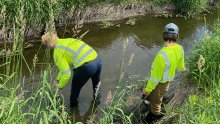
Summertime is fieldwork time: Stream sampling
Posted
Summertime is fieldwork time! Here researchers and students step into a stream for a lesson on the United States Geological Survey protocols for stream sampling. Students learned how to collect samples from the thalwag, the line that connects the deepest points of the stream. They also learned how to measure a stream's velocity, depth, cross-section, and how to log that information into a mobile GIS data collection program.
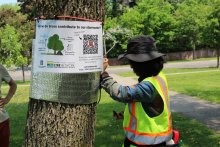
Trees affect stormwater
Posted
Have you noticed trees in St. Paul parks wearing foil cumberbunds? The foil is protecting instrumentation designed to monitor the flow of sap within the trees. That data, along with several other data points about the trees, will help researchers learn more about the role trees play in urban watersheds.

How is our environment affected by wide use of antibiotics?
Posted
When the COVID-19 pandemic arose, the use of antibiotics soared. Levels of use evened out as we learned more about how the virus is transmitted. People concerned about water, however, are still concerned about the large amounts of antibiotics introduced into the environment and how they might move into and through our water systems. Zihang Wang, a graduate student advised by Bill Arnold, is taking aim at this question with support from a Hsiao Shaw-Lundquist Fellowship.
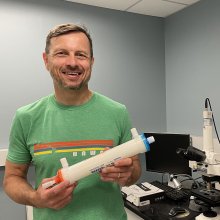
Protecting Clean Water: Faculty awarded $2.1 million to study opportunistic pathogens and disinfection byproducts in US drinking water systems
Posted
Pathogens (i.e., microorganisms that can make people sick) and disinfection byproducts (DBPs; potentially toxic chemicals formed when disinfectants like chlorine are added to water) are two classes of contaminants that are of concern in public water systems. Hozalski, et al., will examine opportunistic pathogens or OPs and contaminants that occur as byproducts of disinfection.

Tapping into Random Motion: Art in Engineering
Posted
Vaughan Voller taps dance troupe to communicate about his research into patterns of movement in nature.

To disinfect or not to disinfect, is that the question?
Posted
A recent (May 2023) article by several researchers, including CEGE’s own Bill Arnold, raised a warning about overuse of disinfectants. The use of disinfectants went way up during and after the COVID-19 pandemic. The issue has garnered interest from the media. Is this widespread use doing more harm than good?
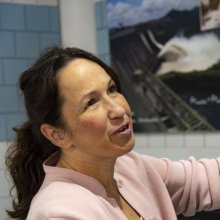
Kimberly Hill Studies Particles That Can Bring Down Mountains
Posted
Dramatic landslides can capture popular attention. Kimberly Hill’s work helps us understand the physics behind such dramatic slides and, more importantly, how we might improve prevention efforts and mitigate the consequences.